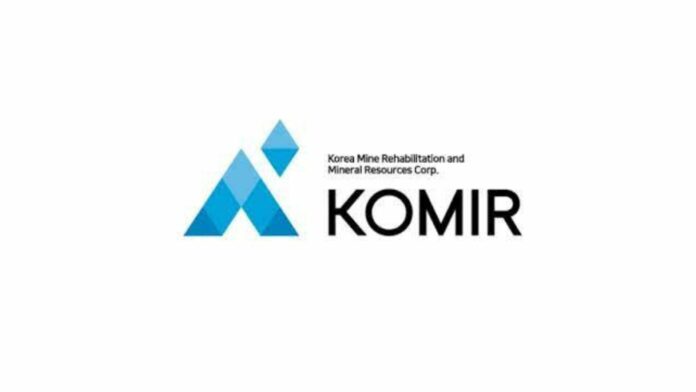The Mines and Geosciences Bureau (MGB) has acknowledged wisdom in adopting the practice of the Korea Mine Rehabilitation and Mineral Resources Corp. (KOMIR) and their post-mining land use.
The KOMIR in South Korea convert into recreation facilities as casinos, resorts and tourism sites – even museums – ravaged sites once the mining activities have thoroughly extracted the mineral deposits.
MGB said its personnel conducted post-mining land use site visits in South Korea last month, in hopes of finding inspiration for the country’s mine closure plans and to discuss or explore cooperative efforts between the parties.
Among the topics discussed in the visits include the importance of the relationship between the countries in mining development, especially on exploration, operation and mine rehabilitation.
KOMIR also recognized the vast mineral resources, the critical minerals in the Philippines such as lithium, nickel, cobalt, manganese, graphite, copper, and aluminum that are essential in building mineral supply chains.
KOMIR also looks forward to the approval and adoption of an updated memorandum of agreement with the Department of Environment and Natural Resources this year, particularly on the development of critical minerals in the Philippines as essential inputs to South Korea’s clean energy technology and battery storage industry.
The MGB said it met with LX International Corp, formerly LG International Corp, to discuss the implementation of the final mine rehabilitation and the decommissioning plan of Rapu-Rapu Minerals Inc. and Rapu-Rapu Processing Inc. in Albay.
MGB said the company is the first in the Philippines to implement a mine rehabilitation plan since 2014.
MGB also said LX International Corp. bared plans on new business opportunities in the Philippines such as the establishment of nickel processing plants and the mining of critical minerals.







